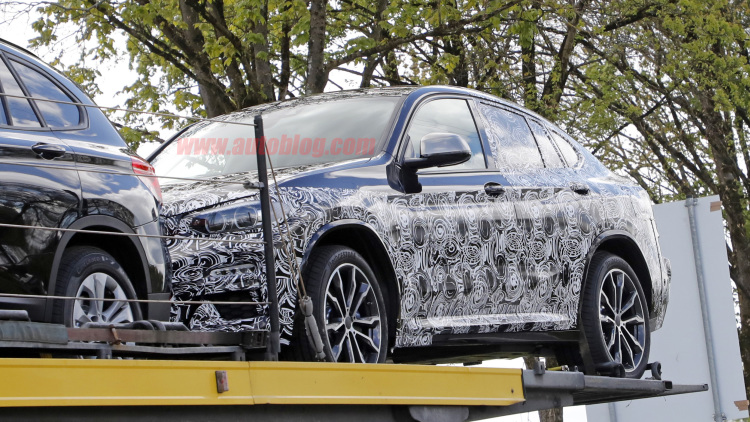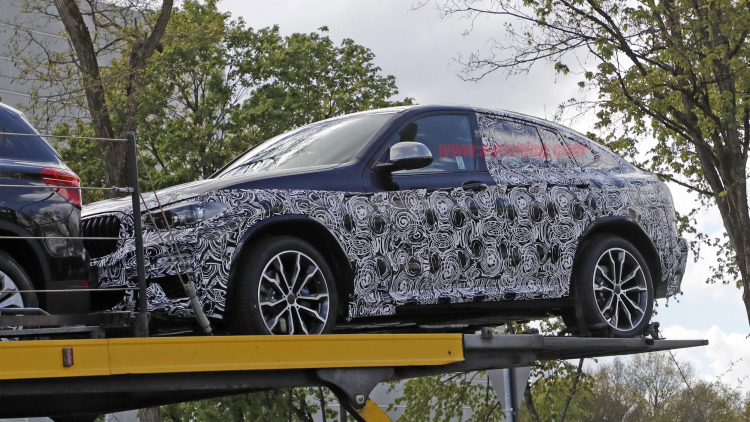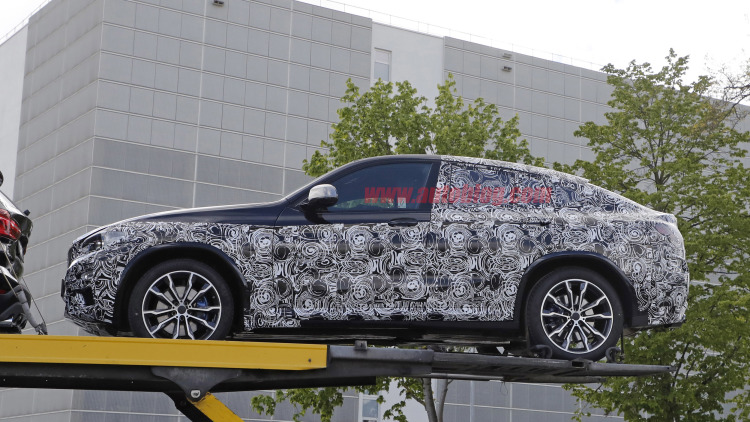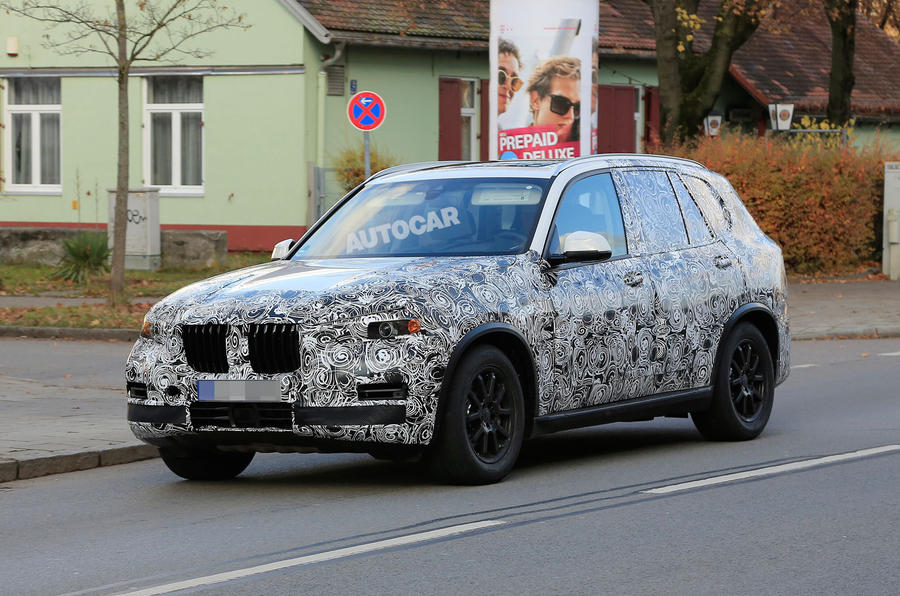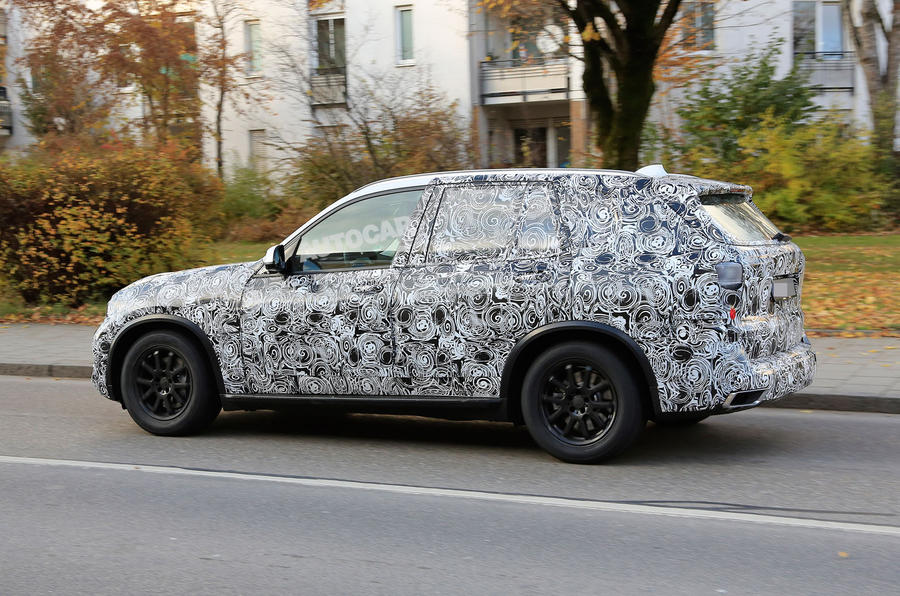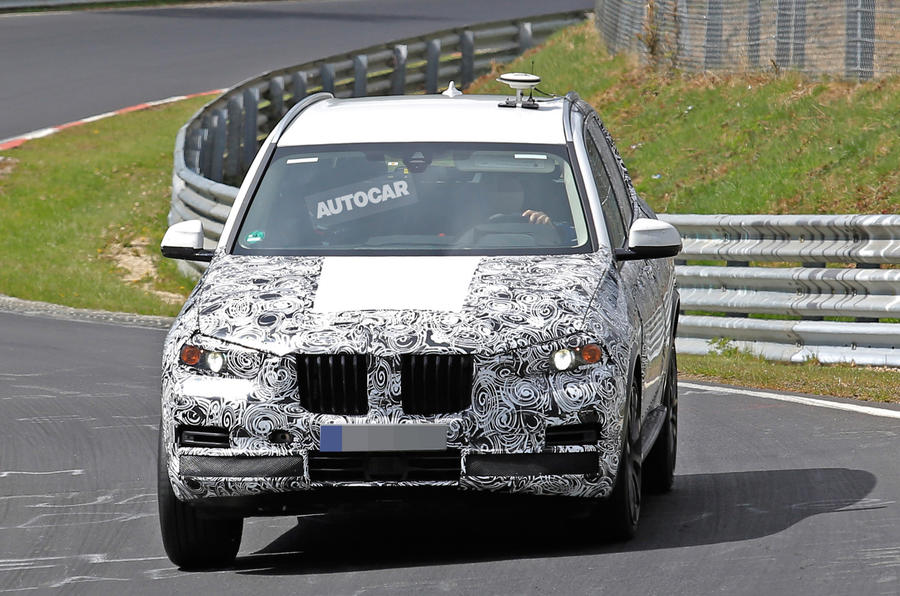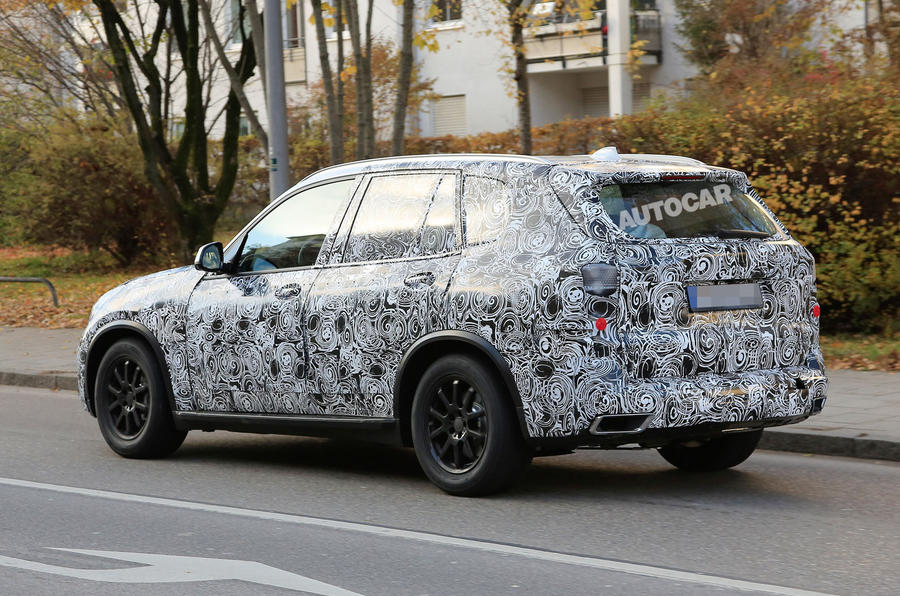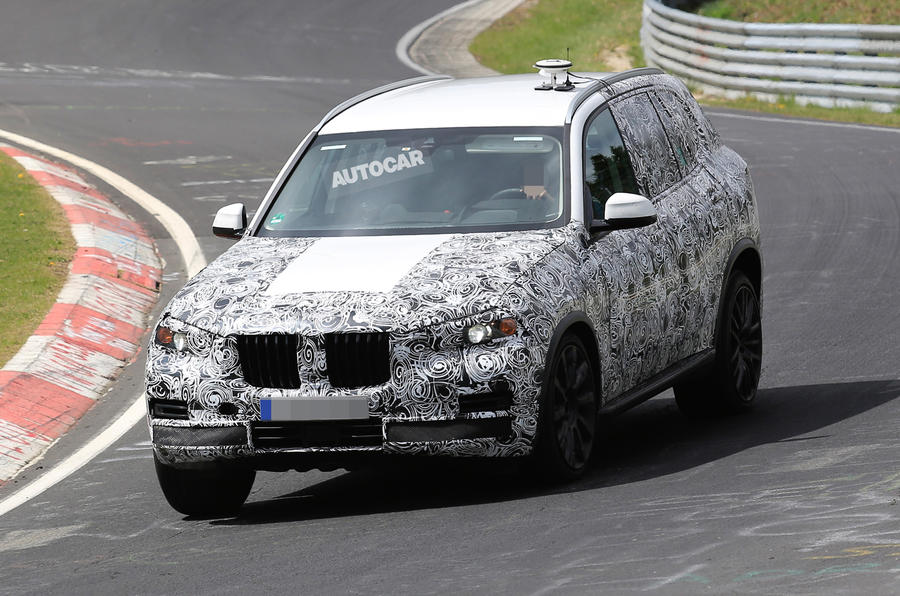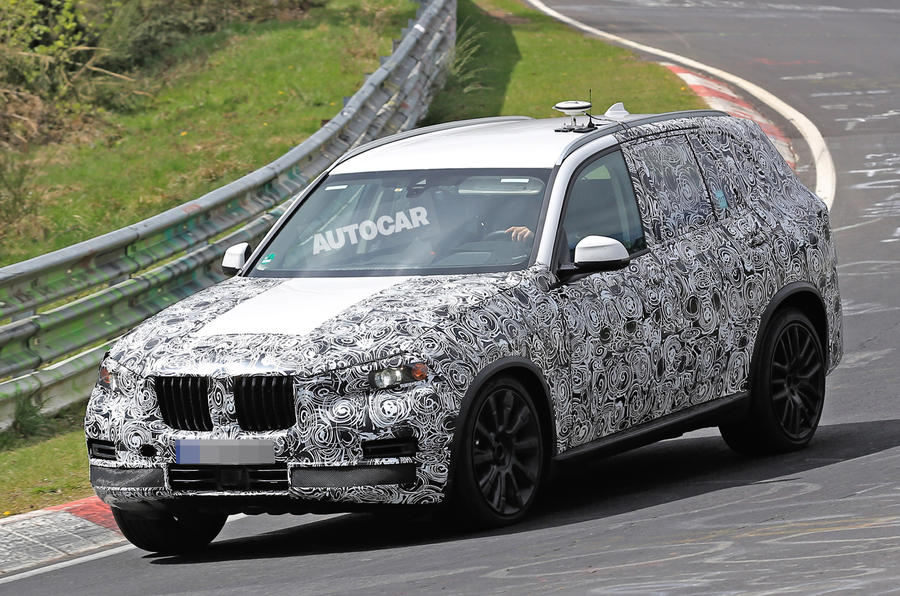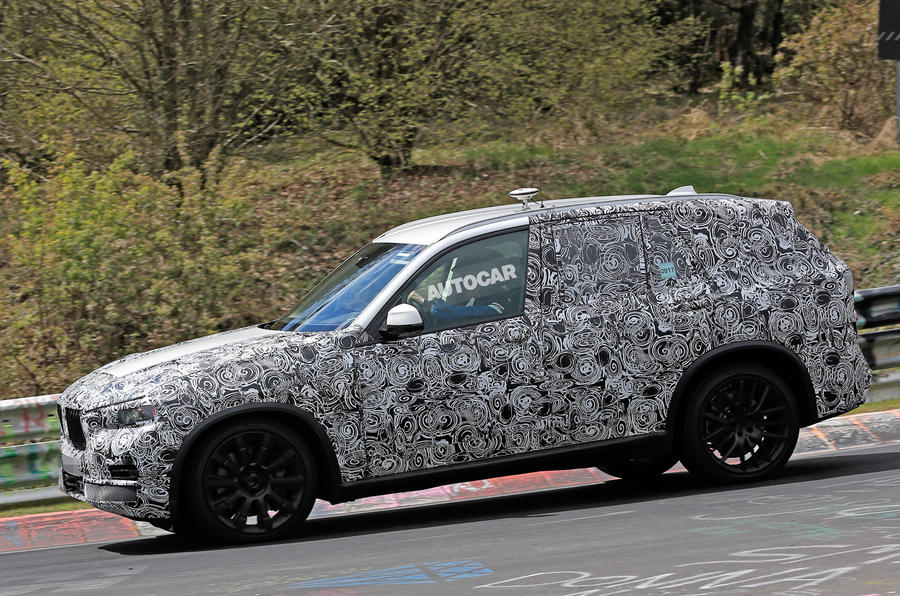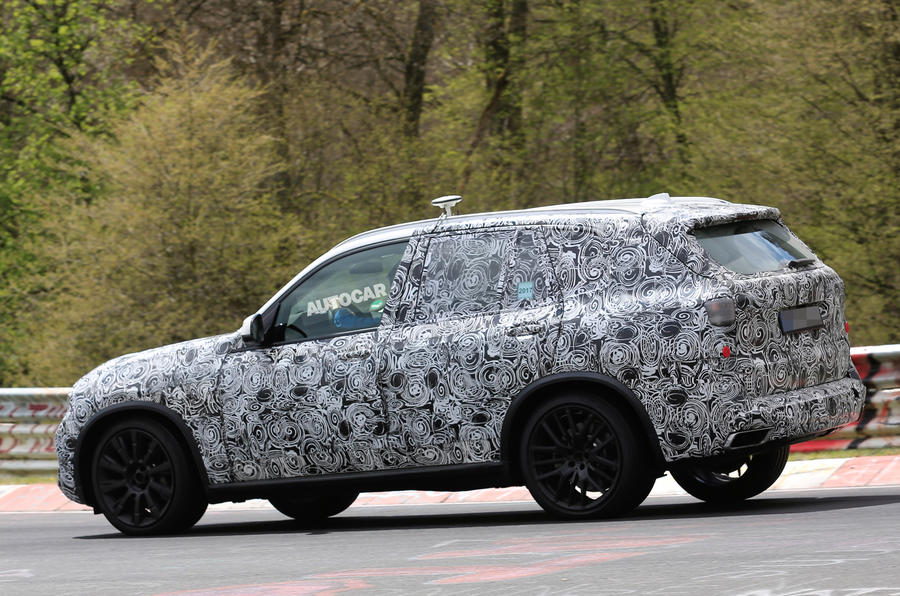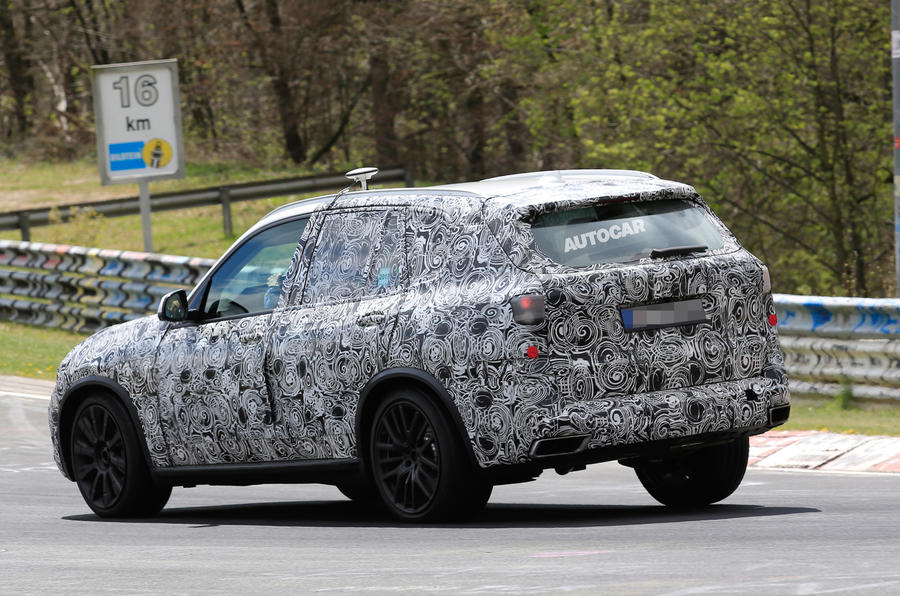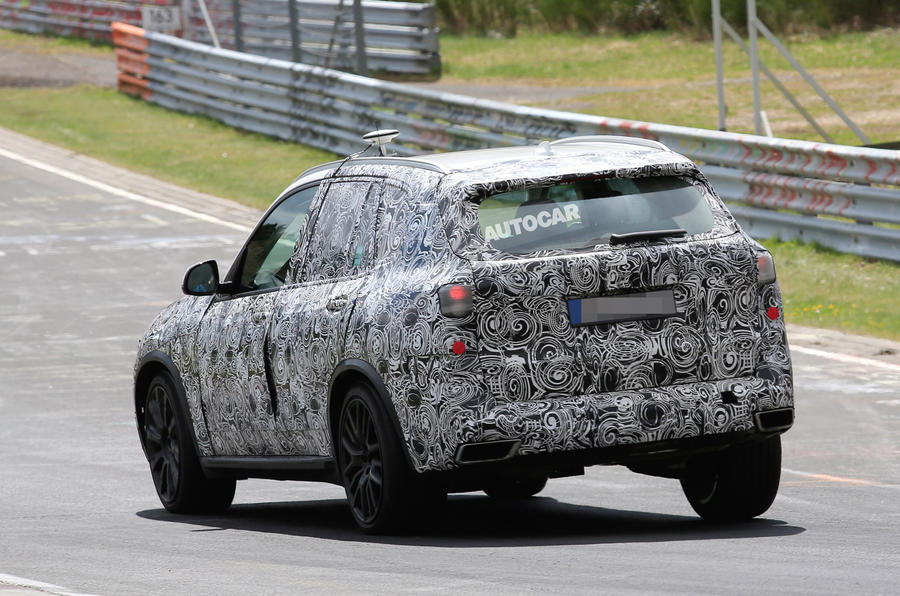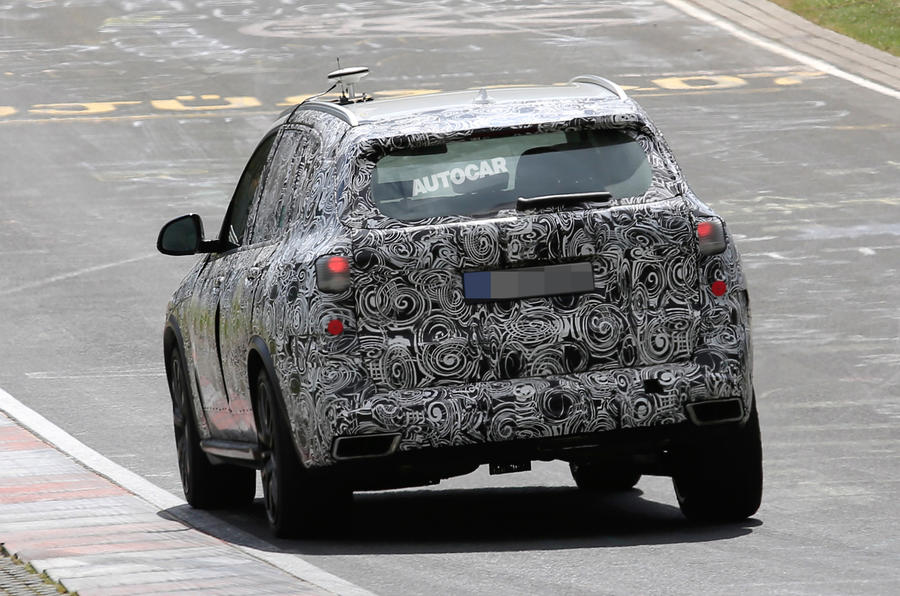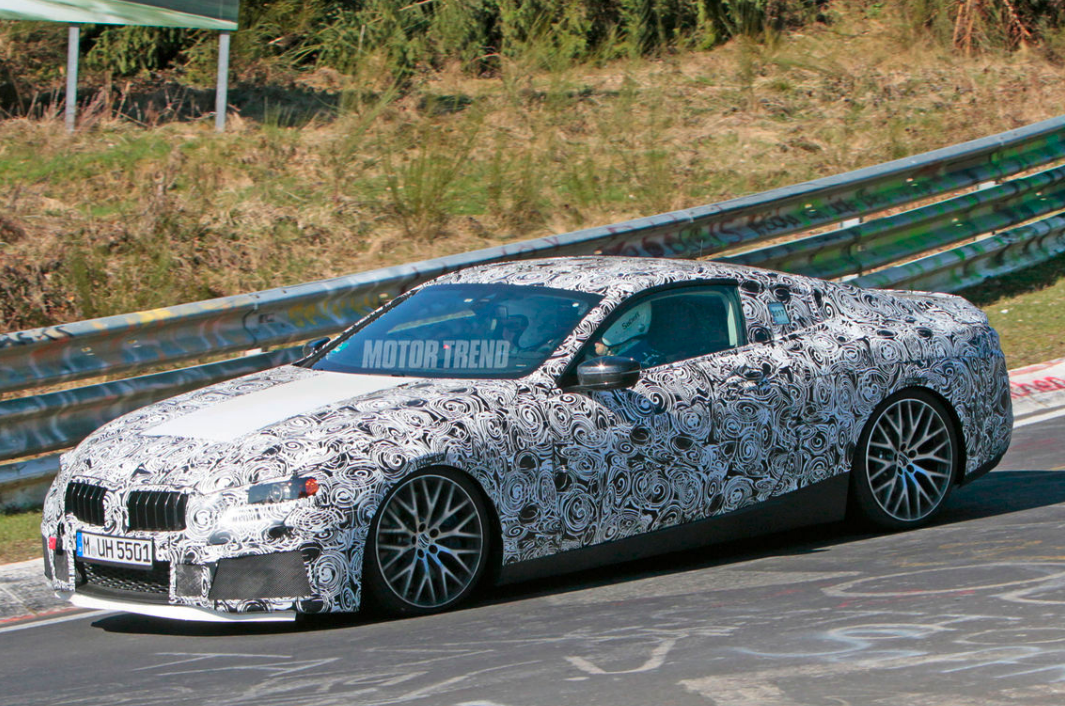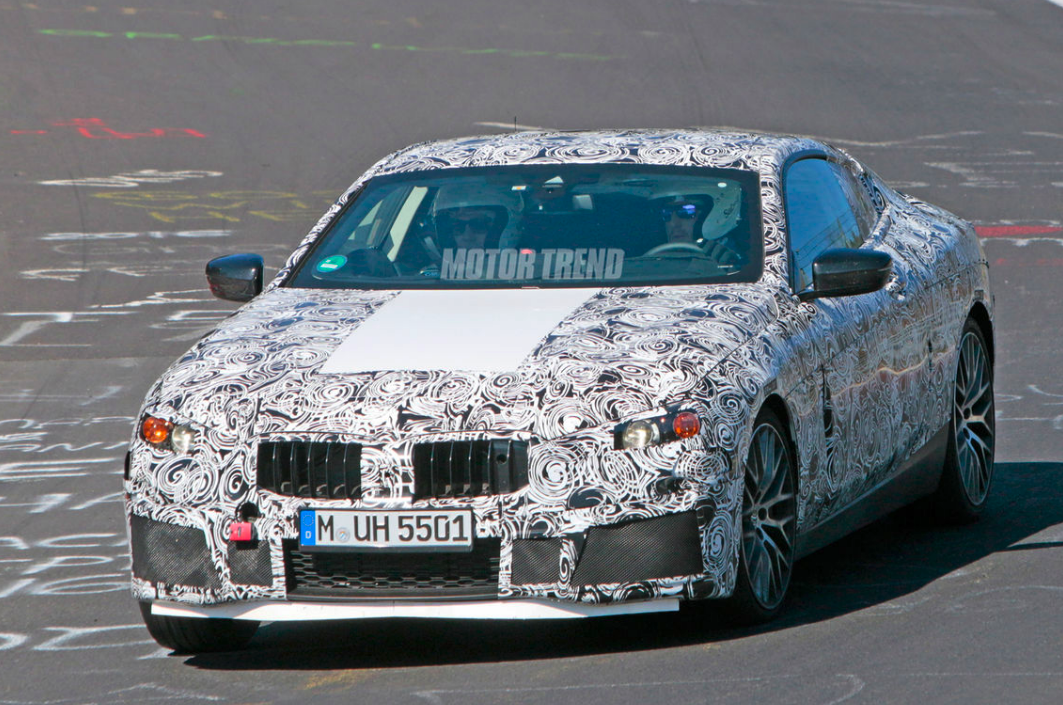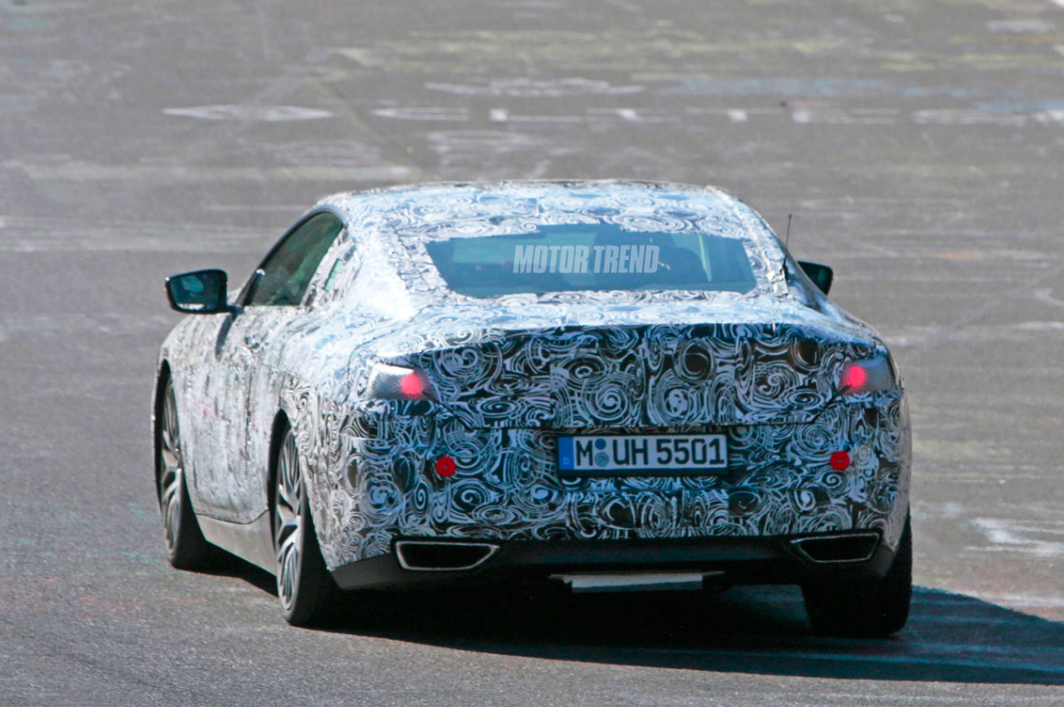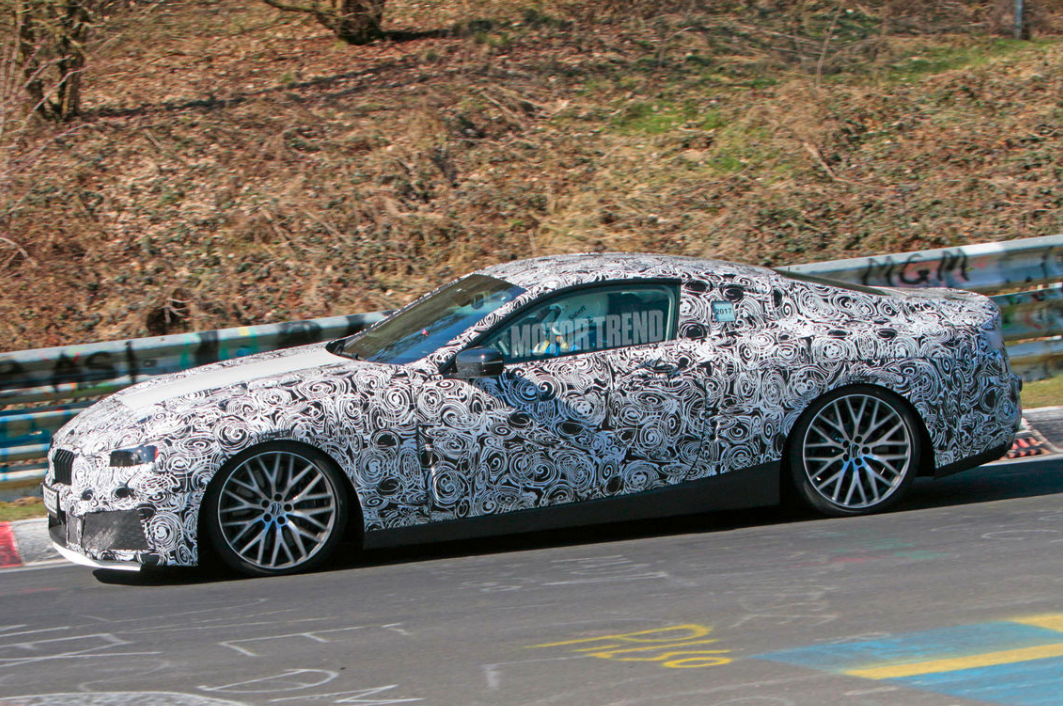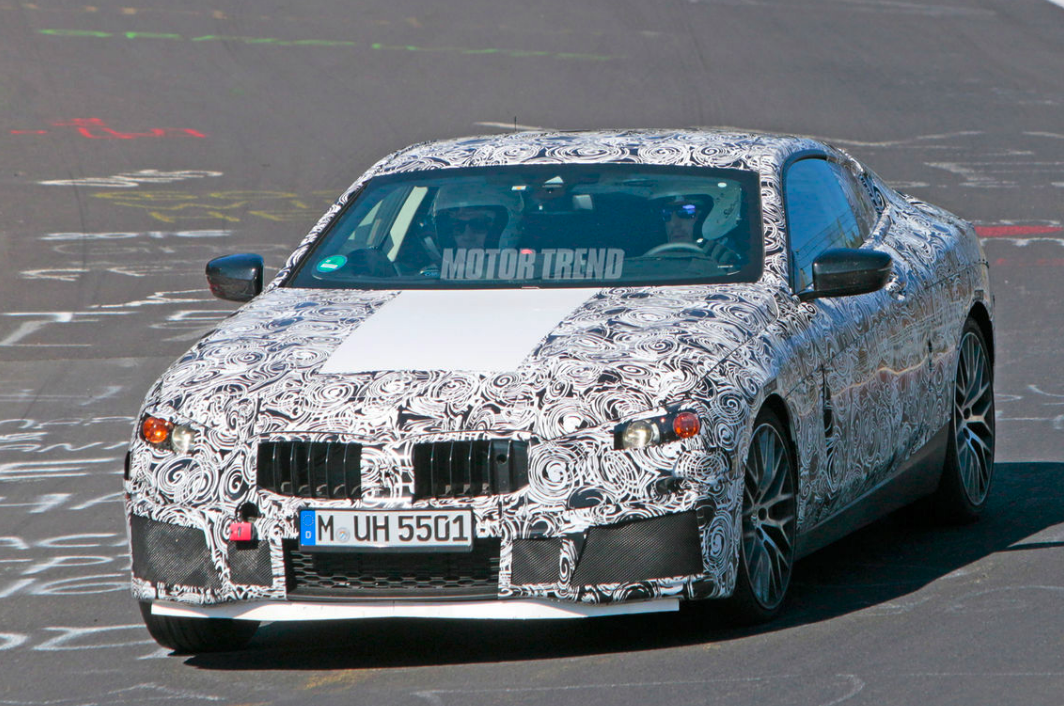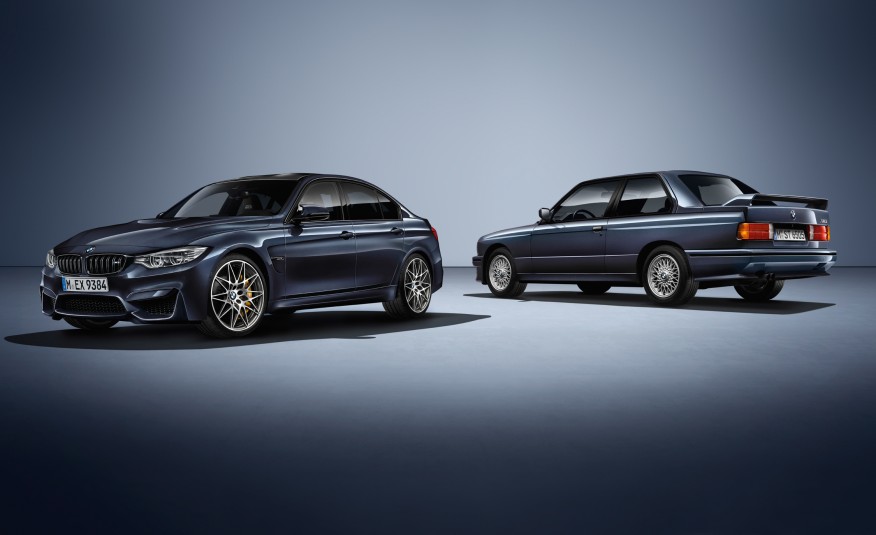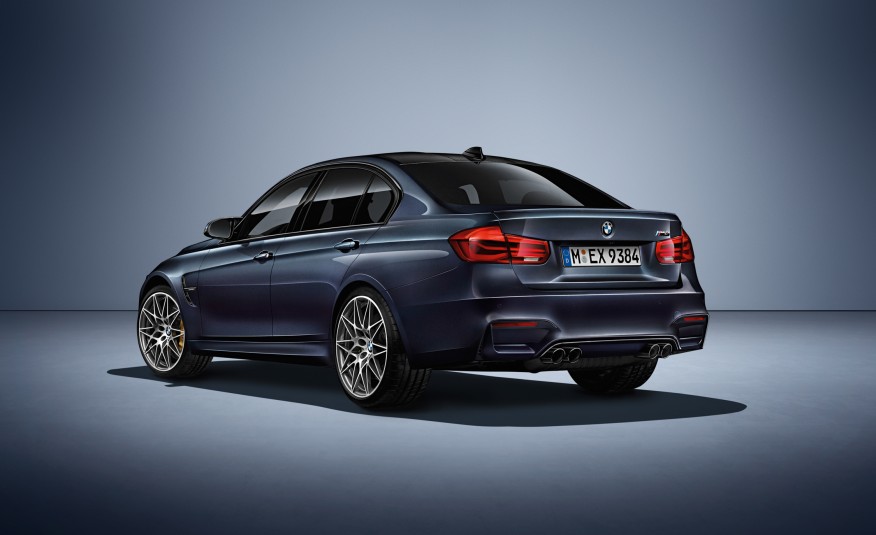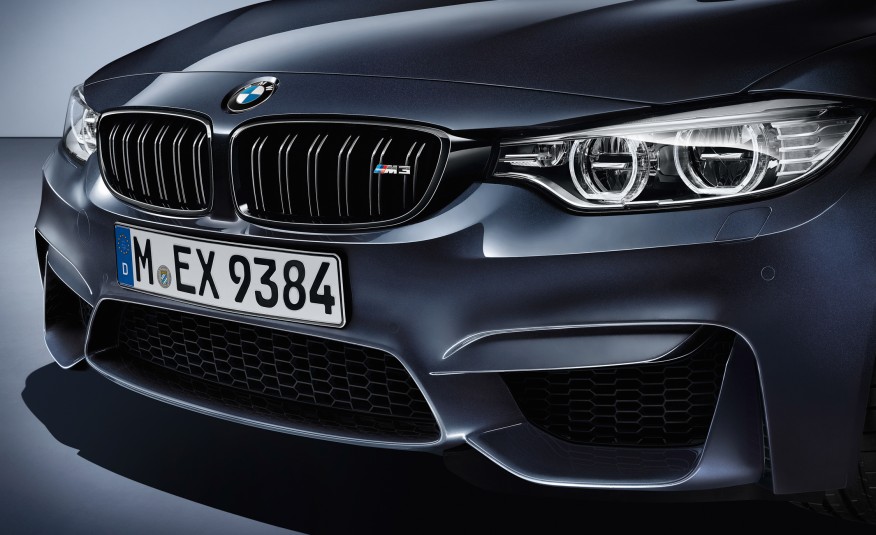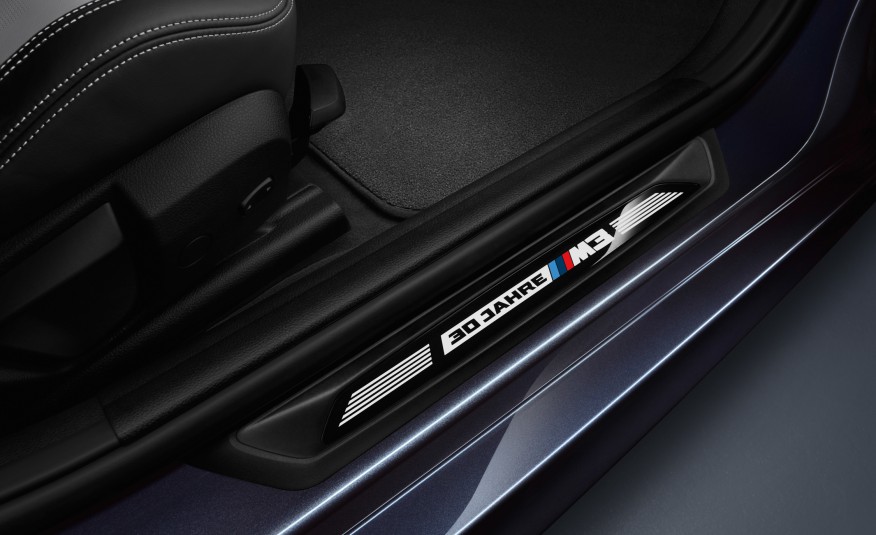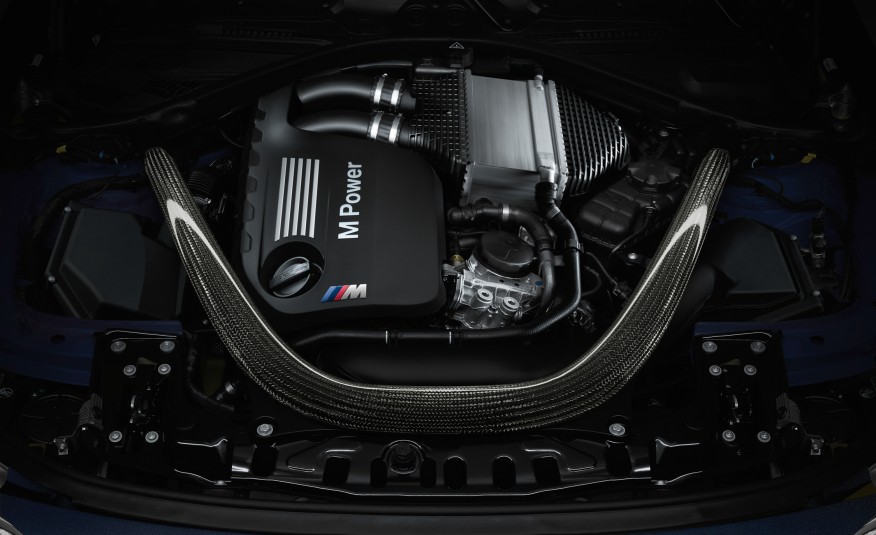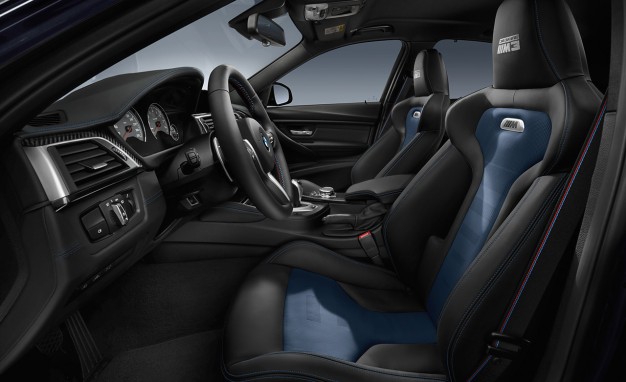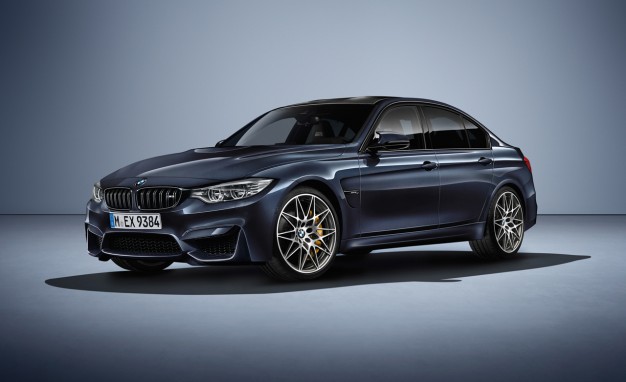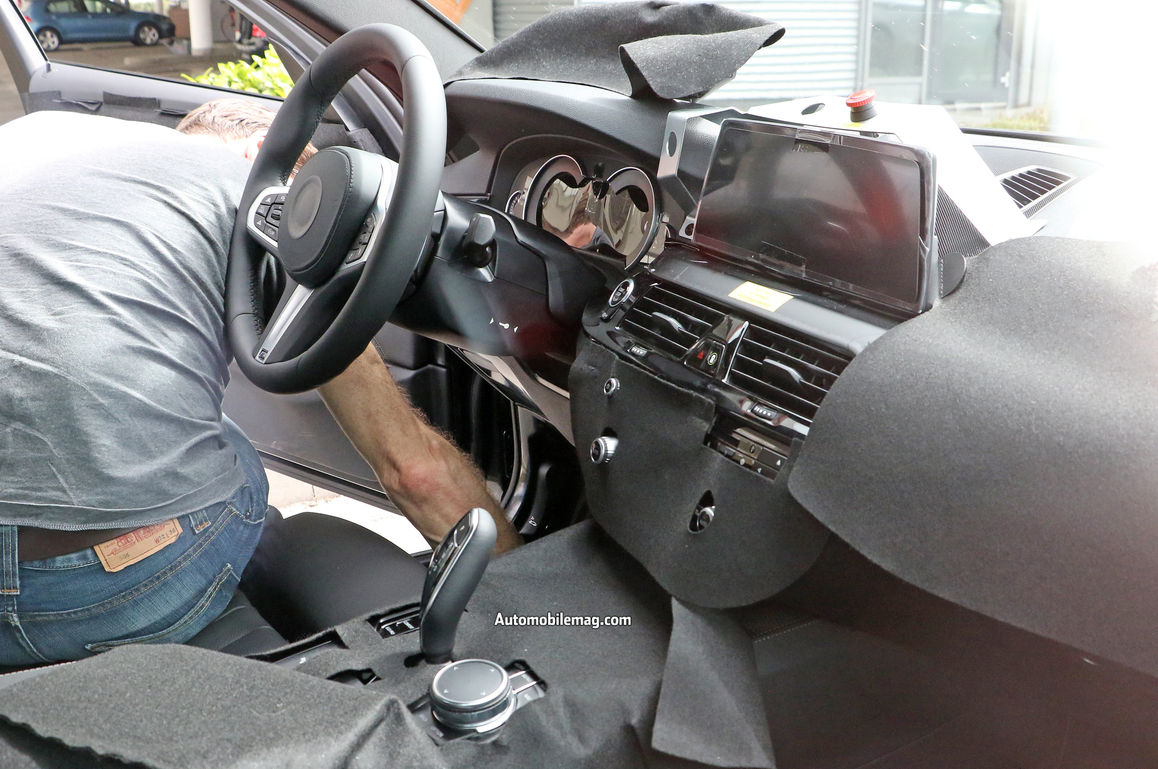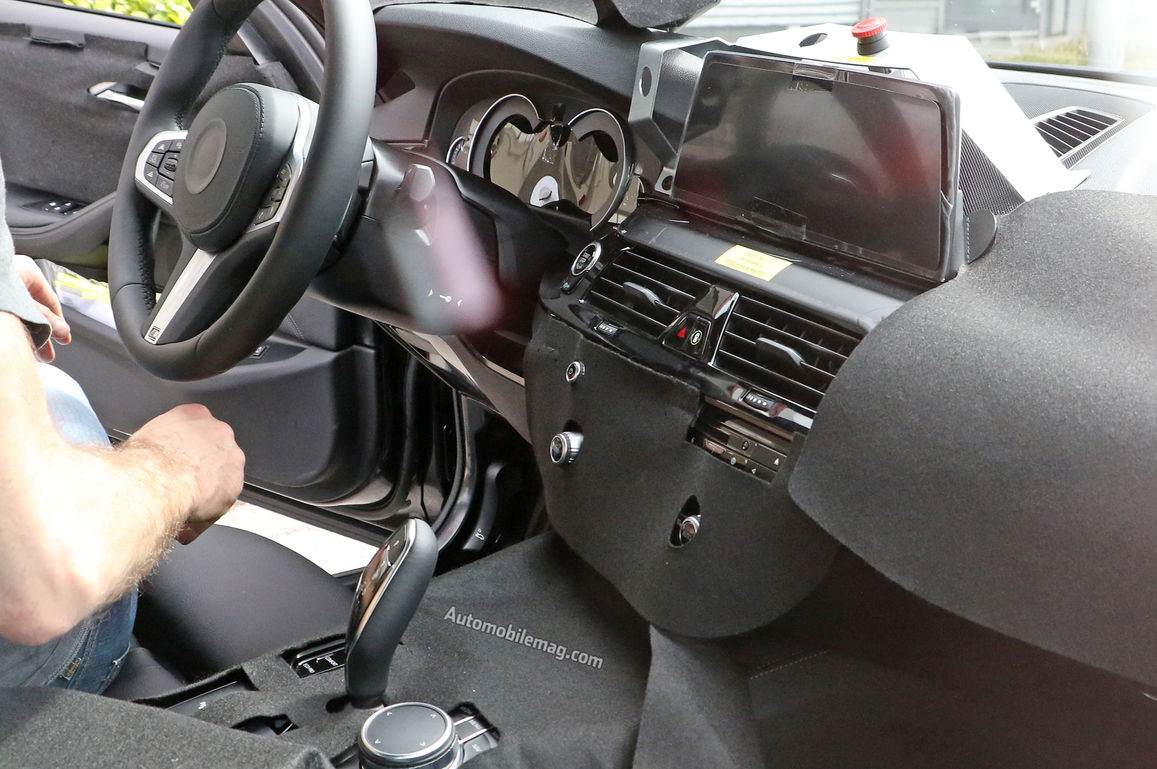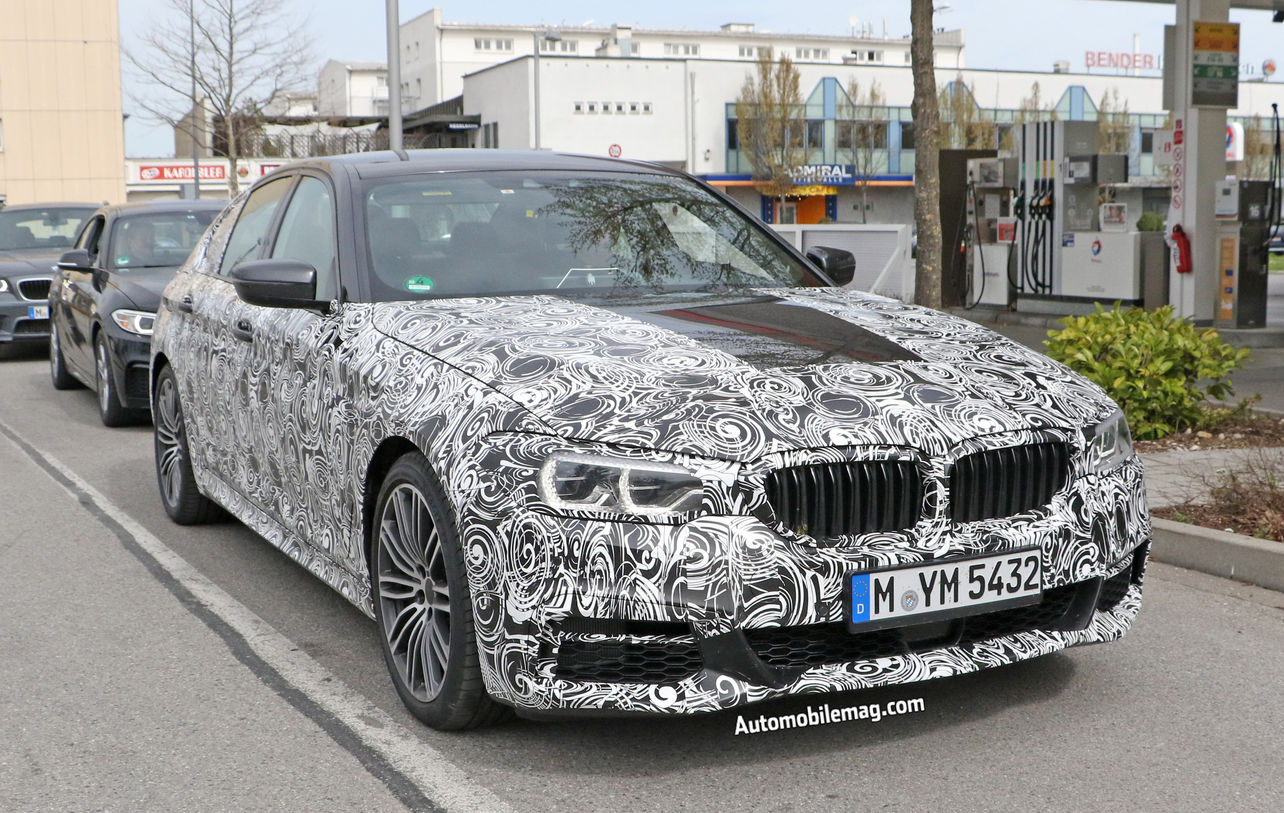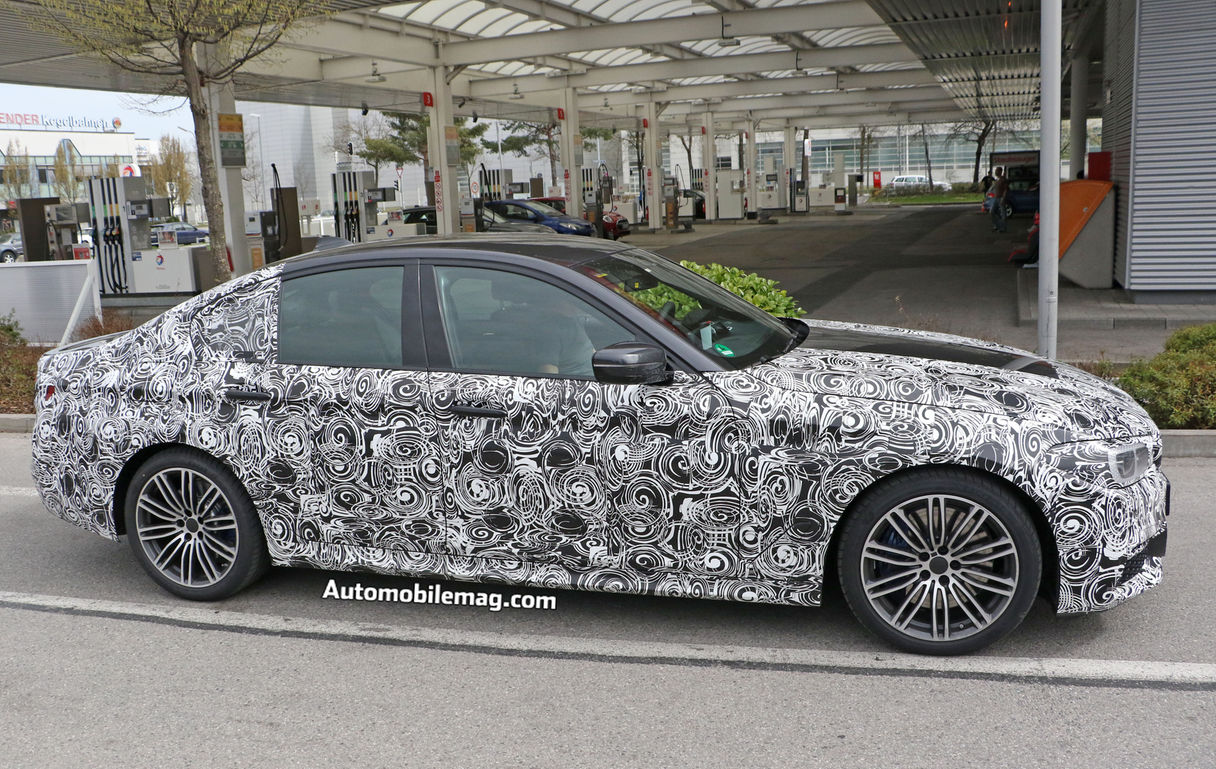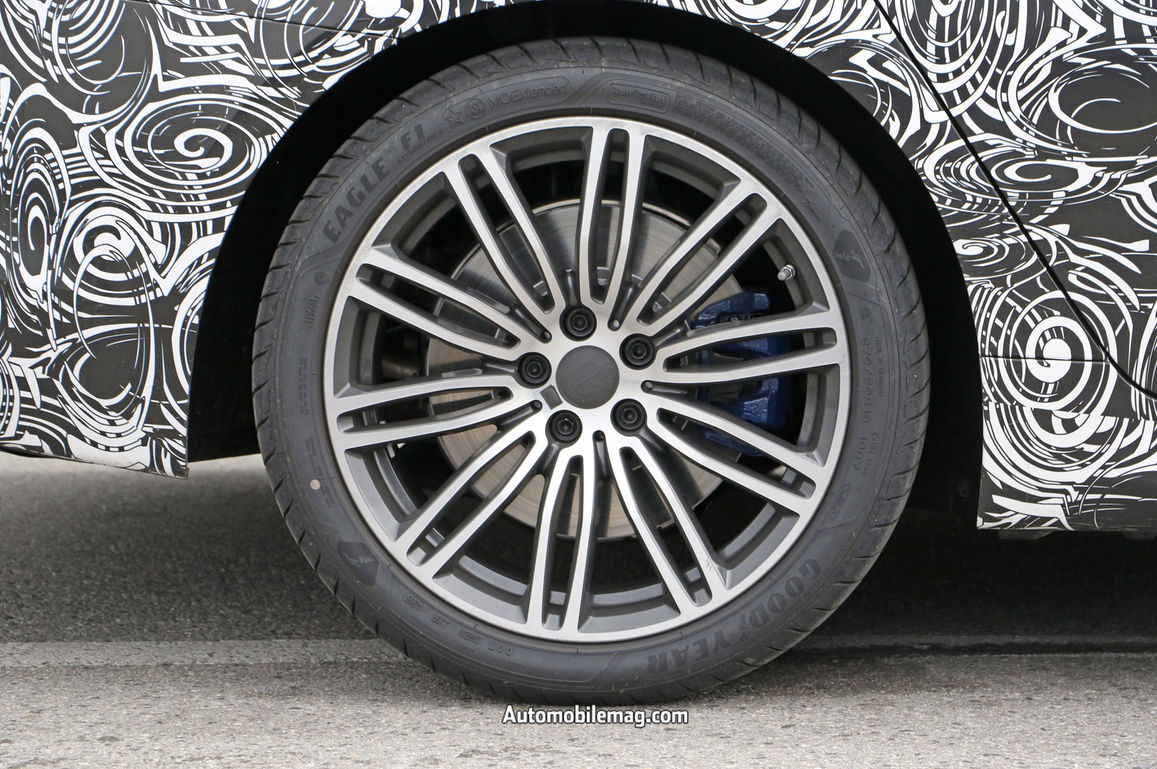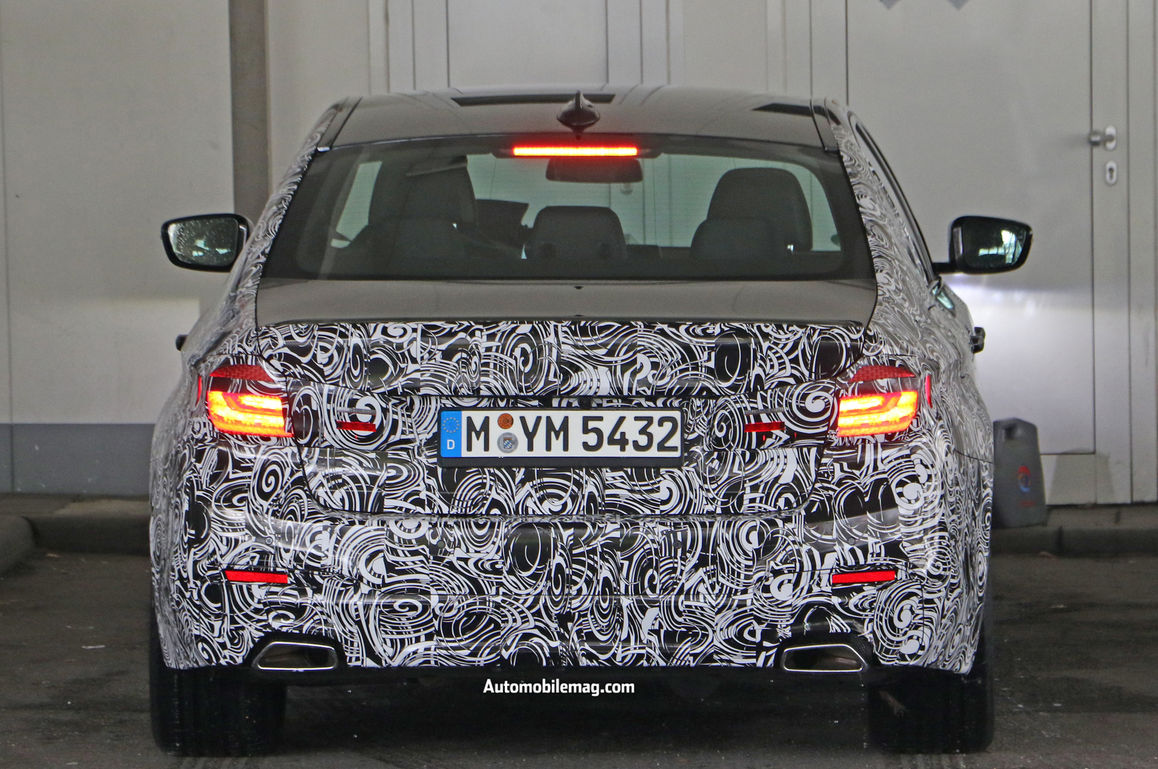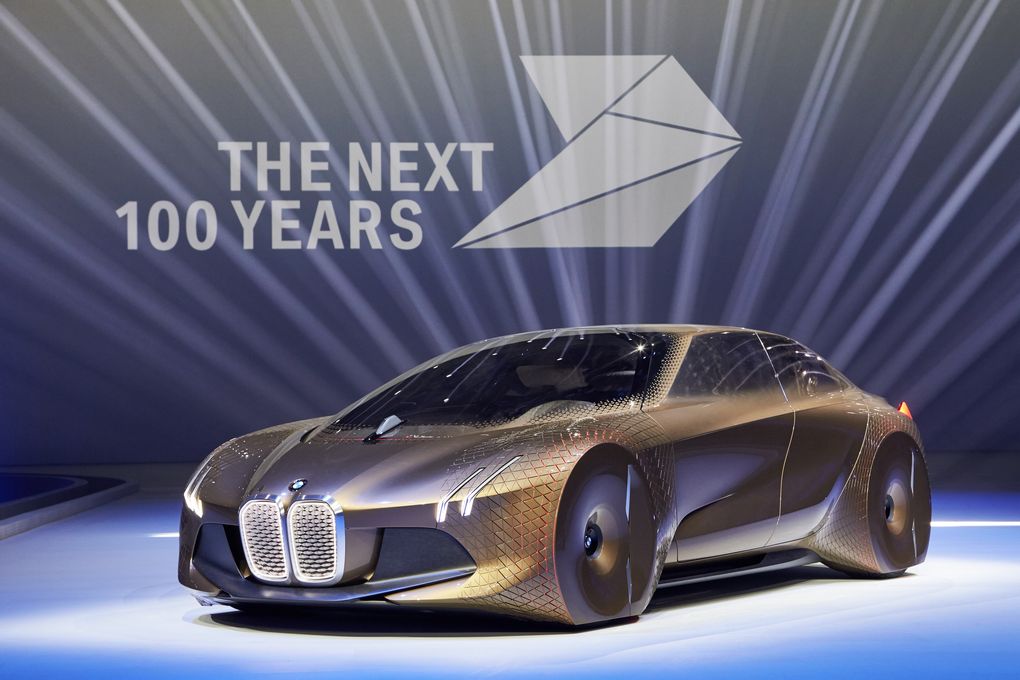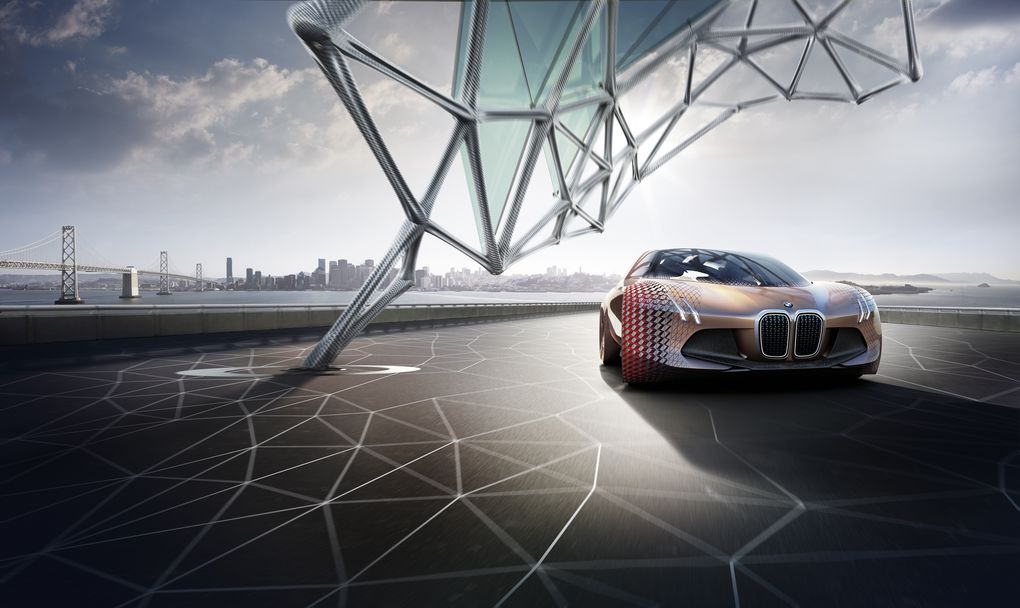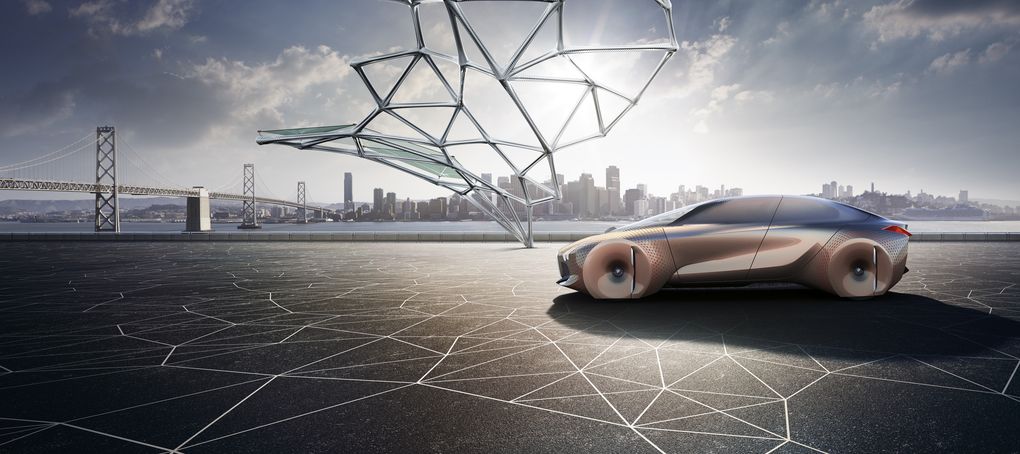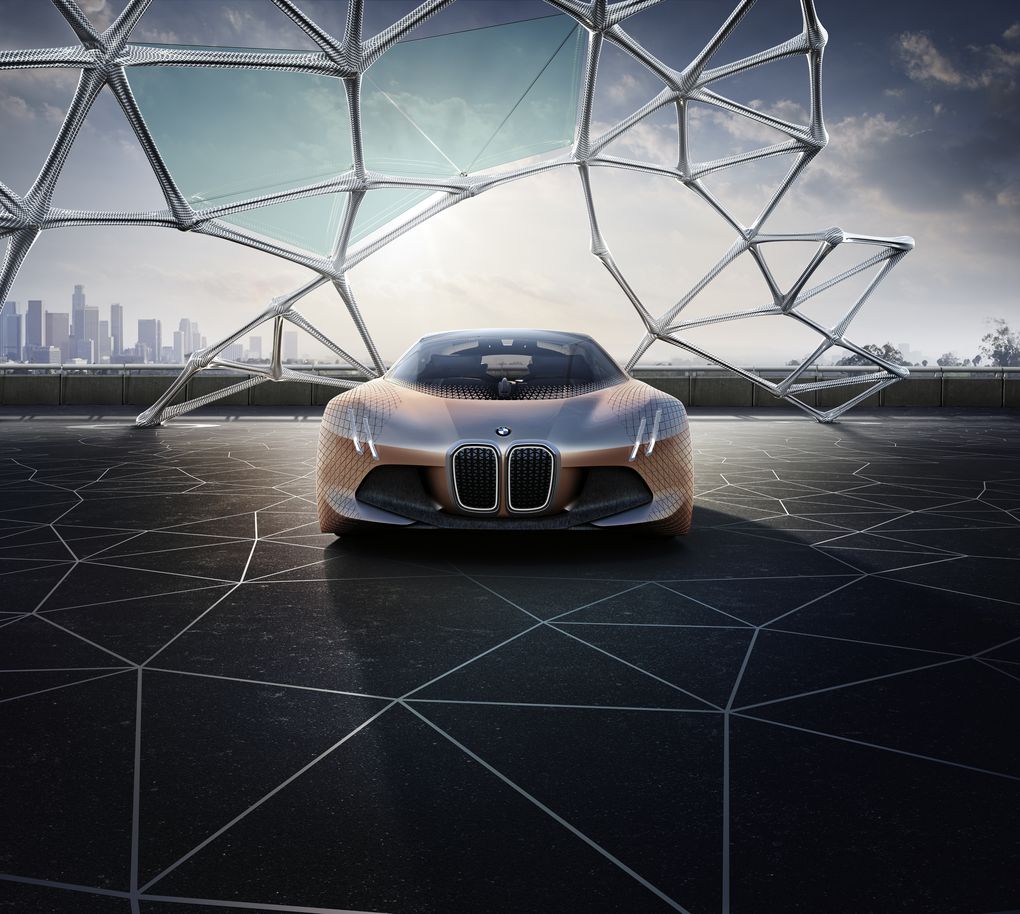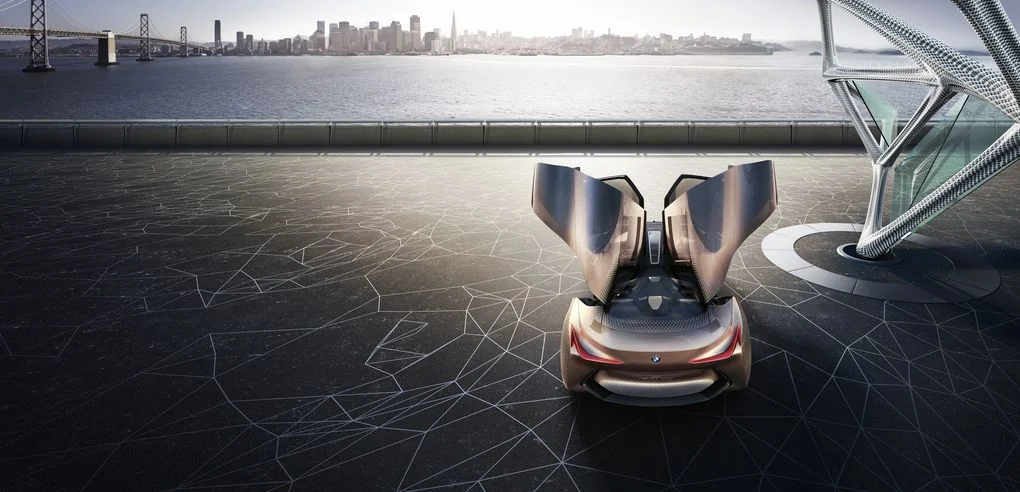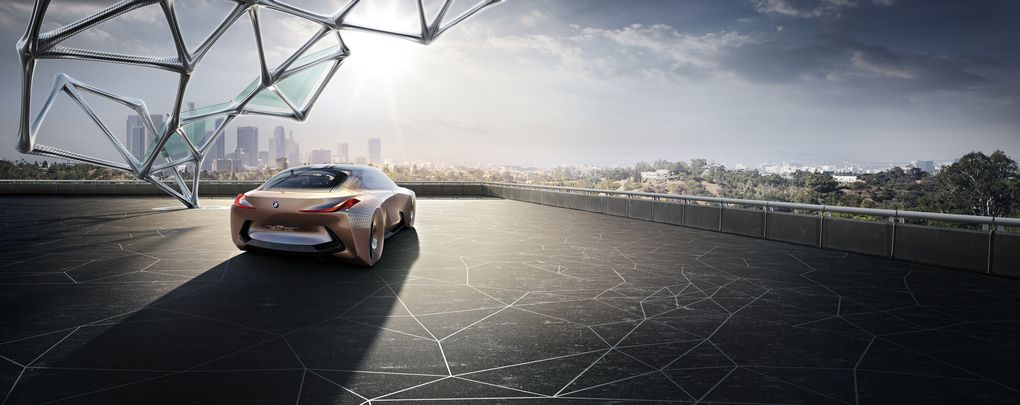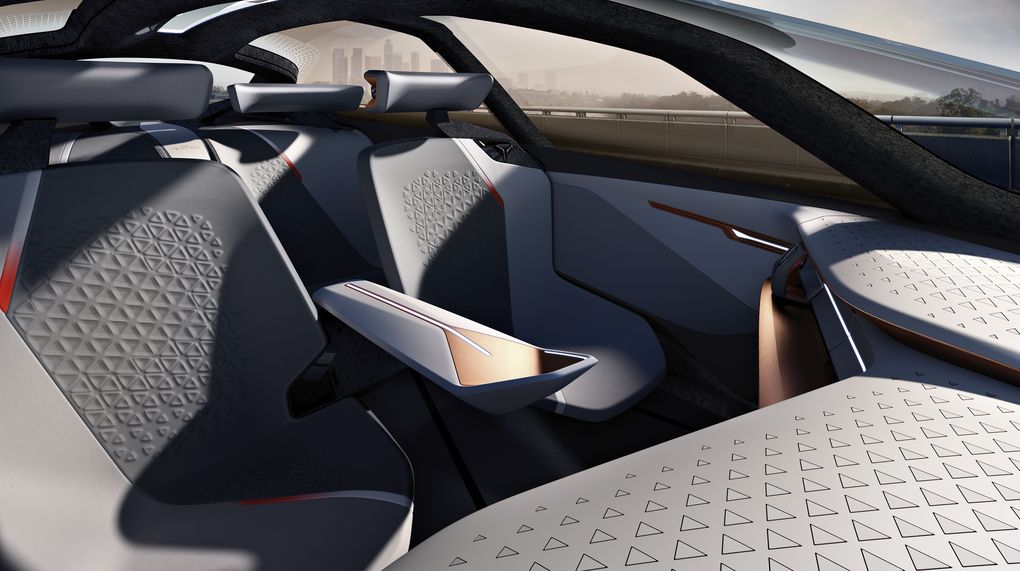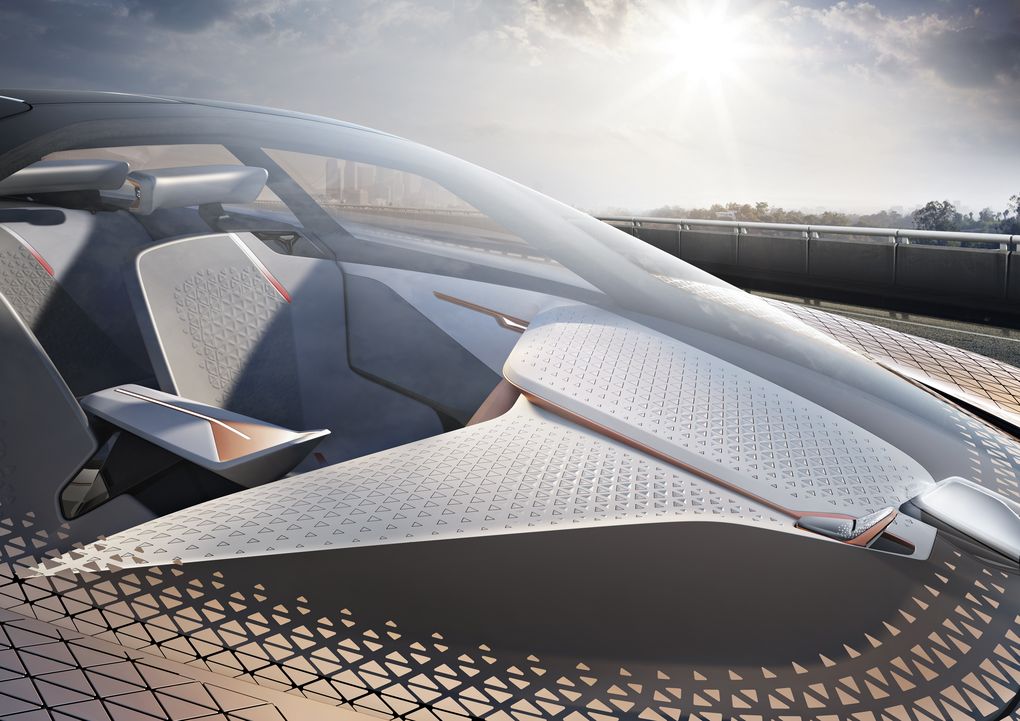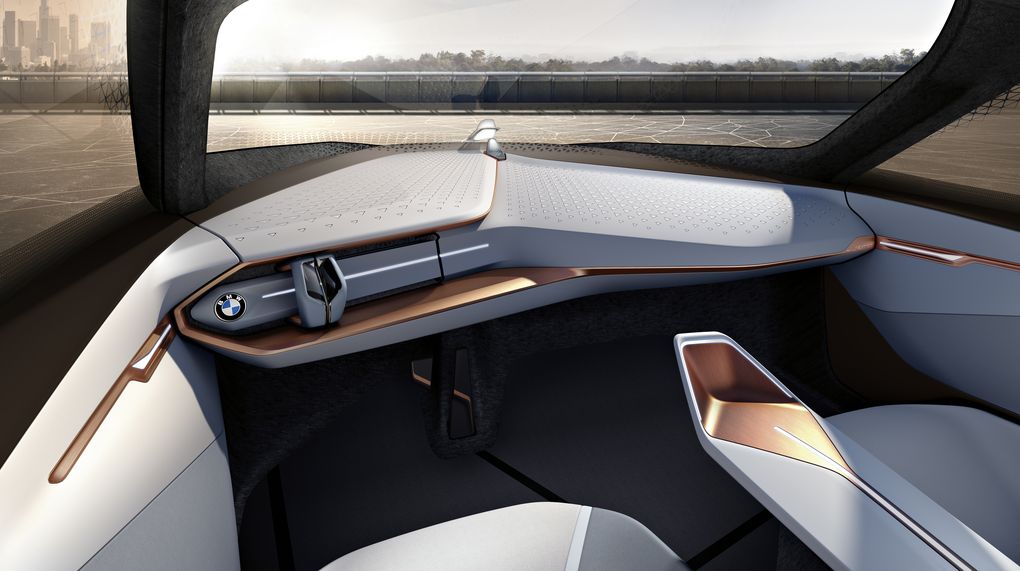First Drive: 2017 BMW M760i xDrive
/By Preston Lerner - Road and Track
THE FIRST THING YOU NEED TO KNOW about the 2017 BMW M760i xDrive is that it is not— repeat, not—an M7. In BMW-speak, it's an "M Performance automobile." Translation: It slots into the territory between a standard production car and a performance-optimized M vehicle. M-influenced, rather than M-badged. It's an important distinction, but one that should not get in
the way of the fact that the M760i is the most powerful and expensive vehicle BMW sells. Its twin-turbo V-12 is awesome. That cylinder count still means something, even in the face of increasingly ridiculous and brawny forced-induction engines. Some relevant numbers: 601 hp from 5500 to 6500 rpm, 590 lb-ft of torque starting at 1500 rpm, and a claimed 0-to-60-mph time of 3.6 seconds.
Are those bragging rights worth the $72,300 premium over an entry-level, six-cylinder 740i? Well, that depends on the size of your investment portfolio. But also on how you look at it: Yes, it's an expensive sedan. The M760i comes off the same assembly line as the 740i. Yet it's the cheapest option in a rarified V-12 market dominated by supercars (Ferrari/Lamborghini/ Pagani/Aston Martin) and wretched-excess mobiles (no fewer than four Rolls-Royces). The M760i also undercuts the price of the V-12-powered Mercedes-AMG S65 by $73,030, although Mercedes still dominates with 621 hp and 738 lb-ft of torque. At the same time, the new Bimmer steals some of the thunder from Audi's autobahn-stormer, the S8 Plus, which boasts 605 hp but a measly eight cylinders.
The 7-series interior, already pretty swell, gets a few upgrades (brushed-aluminum inserts, stainless-steel pedals). Ditto for the exterior, which gets unique bumpers and special gray trim. But the M760i is more of a sleeper than a look-at-me totem. The most obvious sign that this BMW is something special is elegant 20-inch wheels painted in a stylish matte finish.
Of course, it doesn't take much to make a luxury car more luxurious. The real challenge was sharpening the handling of a four-door that weighs as much as a Lincoln Town Car ferrying a couple of drunks. The solution was equipping the M760i with virtually every electronic stability-augmentation system in BMW's toolkit, from adaptive air suspension to electromechanical active roll stabilization.
There's no hiding its heft, but the Bimmer is lighter on its feet than its size would suggest. Turn-in is sharp, and understeer—what you'd expect from a sedan sporting all-wheel drive and a huge engine in the nose—is mild. BMW doesn't bother to promote the silly fiction that the M760i will be used as a track-day plaything. But it is a car that's designed to be driven briskly, and driven briskly it can be.
Still, the Bimmer's raison d'être is that aluminum V-12. The engine, known internally as the N74, debuted in the previous 760Li and, in a different state of tune, can be found in the Rolls-Royce Ghost and its spin-offs. A longer stroke increases the displacement from the previous 7-series' 6.0 liters to 6.6, same as the Rolls-Royces'. Thanks to a relatively straight exhaust, the noise coming out the quad tailpipes makes for a mesmerizing soundtrack.
With so much torque available, BMW says there was no need for a dual-clutch gearbox; the conventional eight-speed ZF automatic works just fine and better fits the car's intended use. Acceleration isn't mind-bending, but it's relentless enough to mash you back into your seat and get you into triple digits before you realize it.
For sure, the speed on tap is addictive. When the turbos spool, the M760i rockets to 155 mph—its electronically limited top speed for North America. Elsewhere in the world, buyers can opt for a so- called M Driver's package that raises the governor to 190 mph.
So, it's not a purebred M machine. But it's more than a prosperous businessperson's workaday ride. Considering the limit market for a car like this, it seems odd that BMW showrooms already offer another hot-rod version of the 7-series. The Alpina B7 xDrive make 600 hp and has a 0-to-60 time of 3.6, yet costs a mer $138,000. A bargain, right? Maybe. With its V-8 engine, the Alpina is fated to play second fiddle to the M760i. Because if you want to be a headliner in this company, only 12 cylinders will do.

